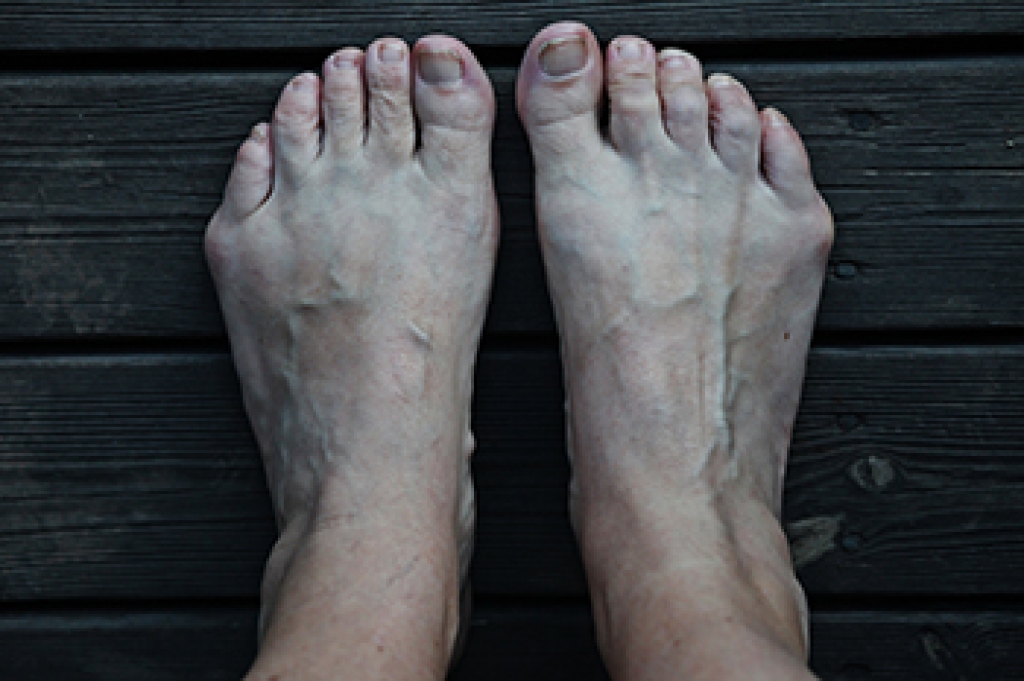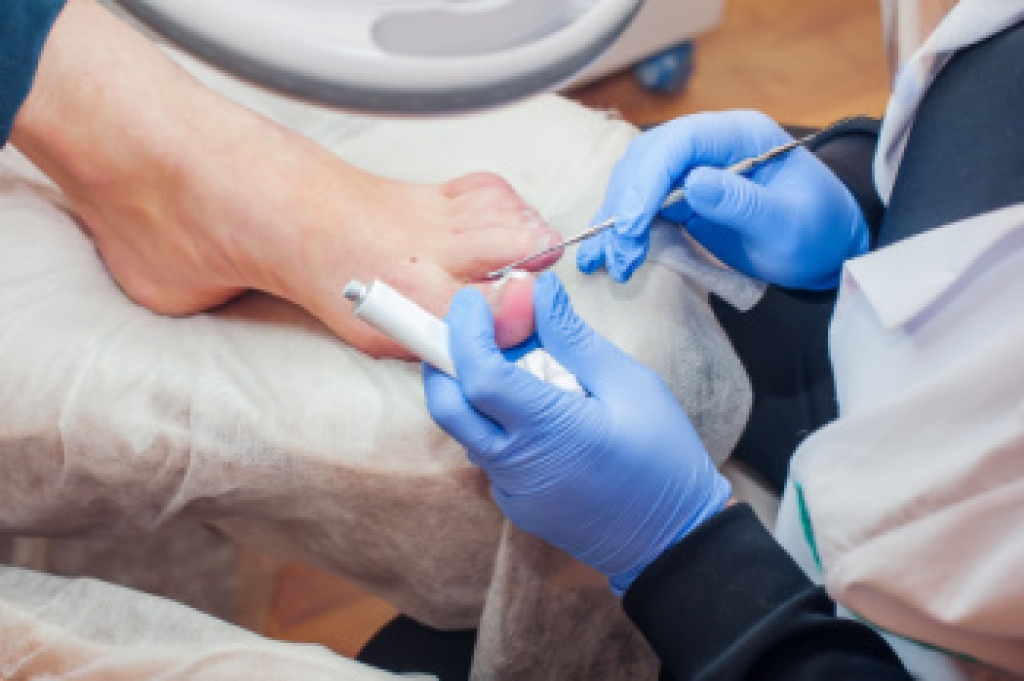
A bunionette, sometimes called a tailor’s bunion, is a bony bump that forms along the outside of the foot at the base of the little toe. It occurs when the fifth metatarsal bone shifts outward while the toe is angled inward, causing pressure and discomfort. This deformity is often linked to genetics, foot structure, or shoes that are too tight across the toes. Symptoms may include redness, swelling, and pain that worsens with activity or certain footwear. Over time, the area may become increasingly irritated, especially if the bump rubs against the inside of the shoe. Early treatment may involve changing to wider shoes, using padding, or trying orthotics to reduce pressure. If pain persists despite these efforts, surgical options may be considered to realign the bone. If you are experiencing discomfort near your smallest toe, it is suggested that you see a podiatrist to determine the best course of care.
If you are suffering from bunions, contact one of our podiatrists of Lexington Foot and Ankle Center, PSC. Our doctors can provide the care you need to keep you pain-free and on your feet.
What Is a Bunion?
A bunion is formed of swollen tissue or an enlargement of boney growth, usually located at the base joint of the toe that connects to the foot. The swelling occurs due to the bones in the big toe shifting inward, which impacts the other toes of the foot. This causes the area around the base of the big toe to become inflamed and painful.
Why Do Bunions Form?
Genetics – Susceptibility to bunions are often hereditary
Stress on the feet – Poorly fitted and uncomfortable footwear that places stress on feet, such as heels, can worsen existing bunions
How Are Bunions Diagnosed?
Podiatrists often perform two tests – blood tests and x-rays – when trying to diagnose bunions, especially in the early stages of development. Blood tests help determine if the foot pain is being caused by something else, such as arthritis, while x-rays provide a clear picture of your bone structure to your provider.
How Are Bunions Treated?
- Refrain from wearing heels or similar shoes that cause discomfort
- Select wider shoes that can provide more comfort and reduce pain
- Anti-inflammatory and pain management drugs
- Orthotics or foot inserts
- Surgery
If you have any questions, please feel free to contact our offices located in Harrodsburg, Frankfort, Georgetown, and Lexington, KY . We offer the newest diagnostic and treatment technologies for all your foot care needs.



